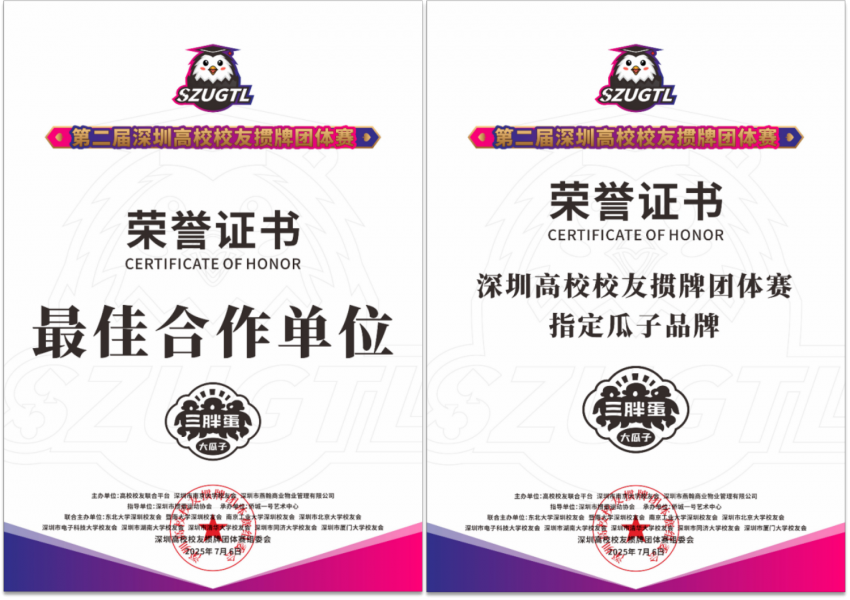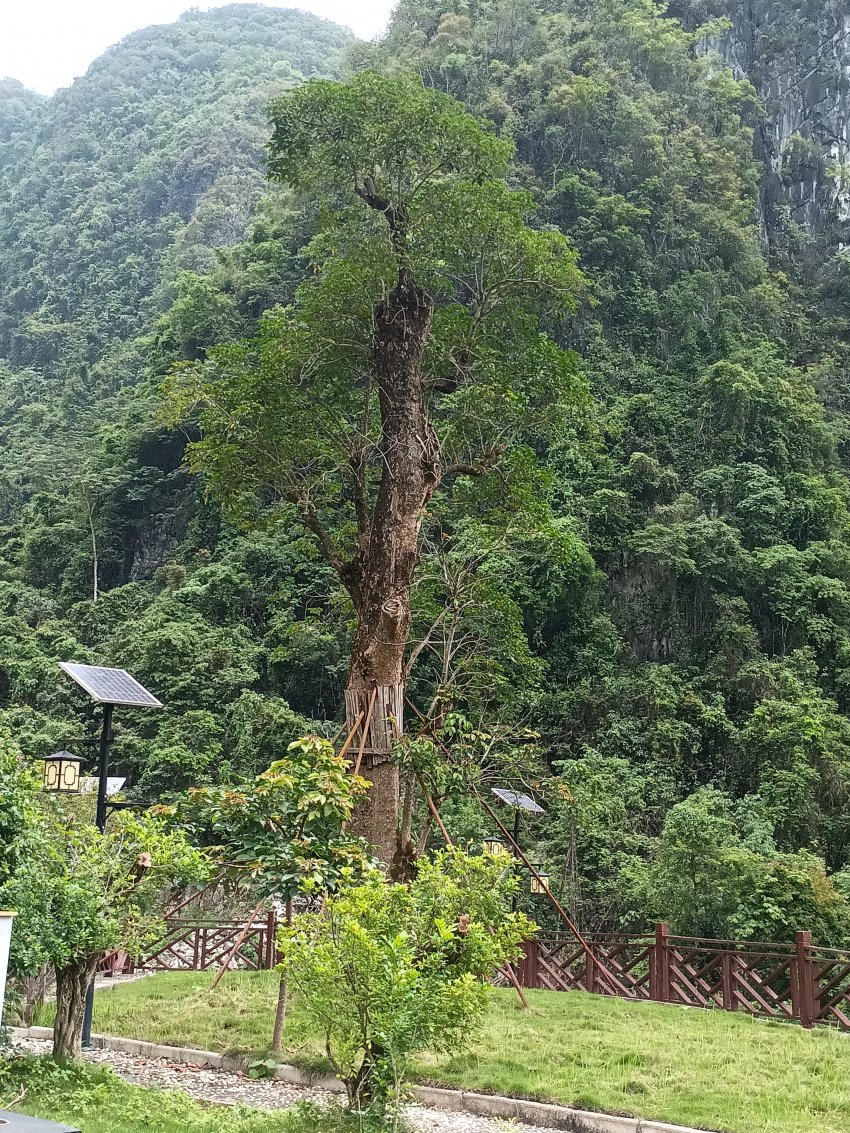(通讯员 姚雯璐 吴庆尚) 2025年1月23日讯,英德春节将新添一处国家地质公园风景线。
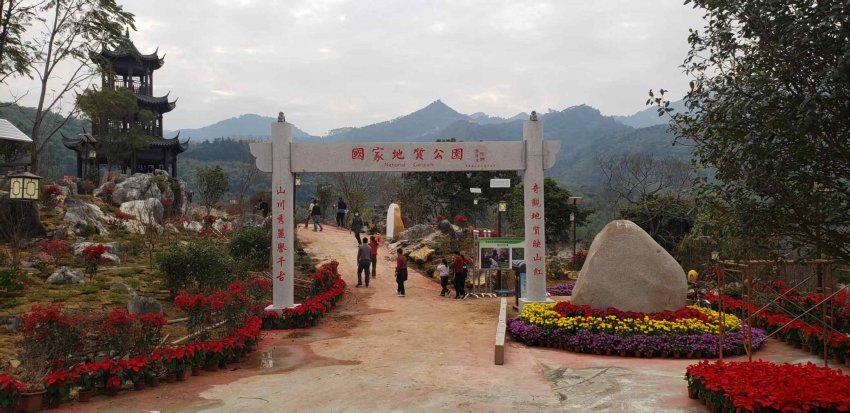
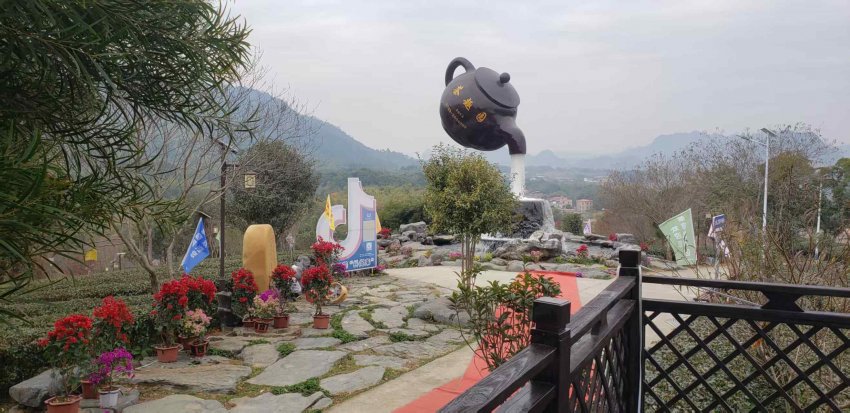
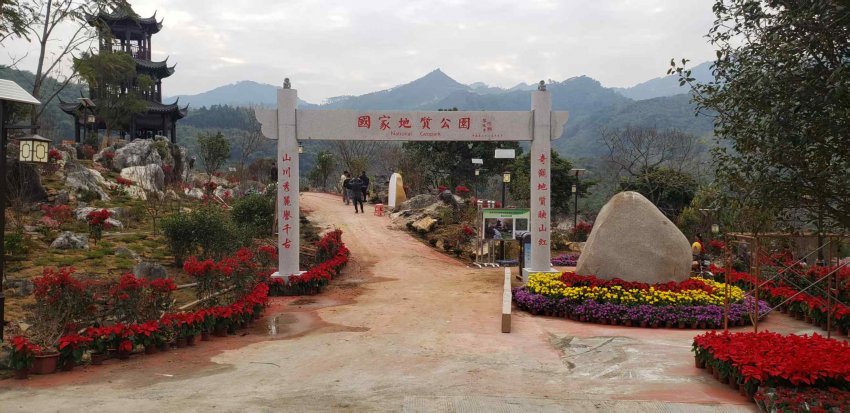
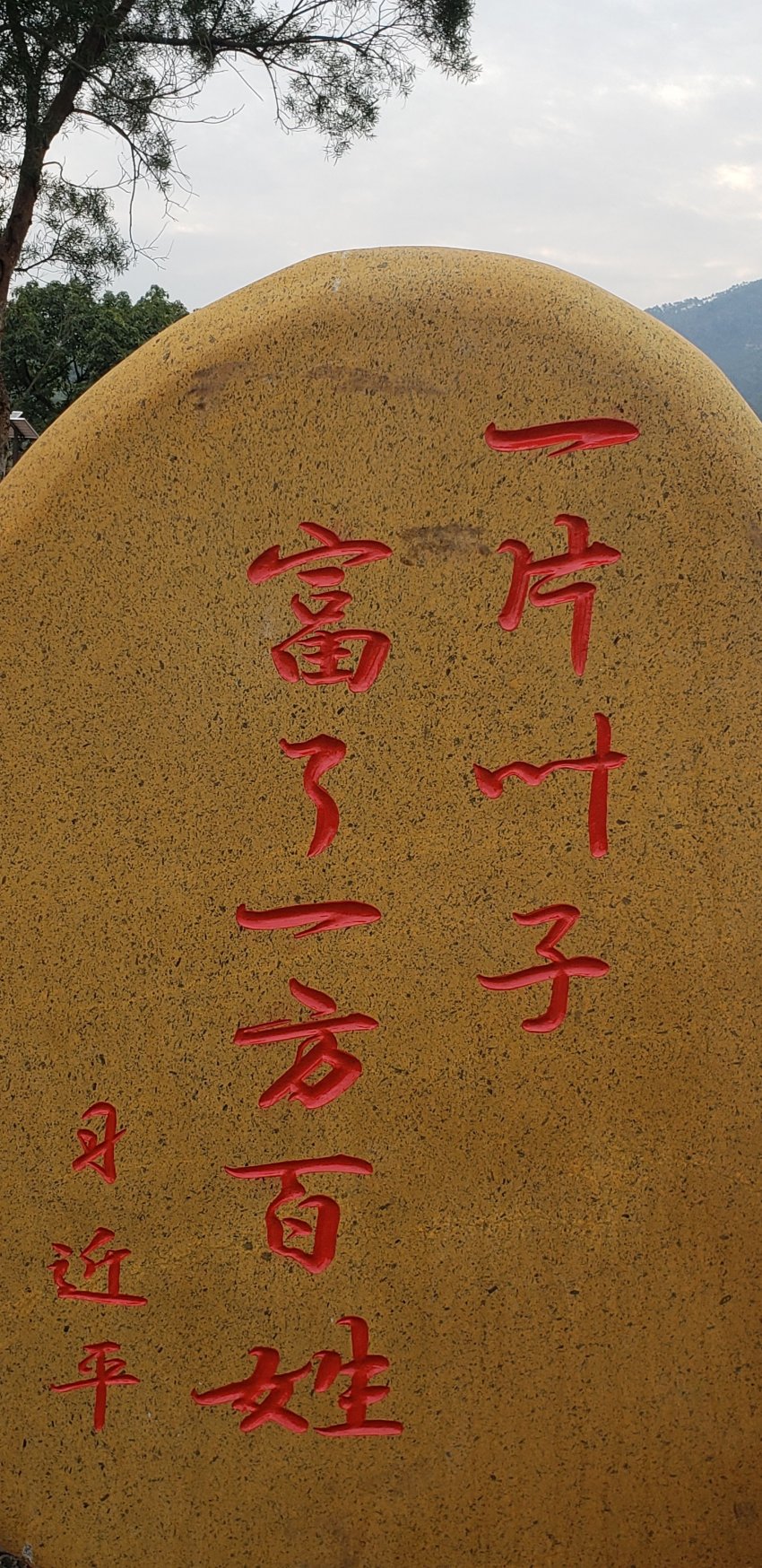
国家地质公园
National Geopark
前 言
英德历史:广东省清远市代管县级市英德市,别名英州,广东省辖县级市,由清远市代管, 位于南岭山脉东南部,广东省中北部,北江中游,土地面积5634平方千米,是广东省所辖面积最大的县级行政区,也是广东省直管县财政改革试点。
2021年末,英德市户籍总人口1206690人。英德市土质较肥沃、气候较滋润,形成优质米、油料、甘蔗、蚕桑、茶叶、蔬菜、水果、麻笋竹等商品生产基地,其中麻笋竹种植面积约86万亩,是全国麻竹笋种植面积最大的市,被农业农村部定为全国农业产业化试点市(县)之一。客家小吃颇具特色,主要有竹笋、豆腐、腐竹等。享有广东水泥之乡、广东石灰岩溶洞之乡、中国英石之乡、“中国红茶、绿茶之乡”、“中国麻竹笋之乡”的美誉。
唐乾亨四年(920年),在浈阳县置英州,领浈阳县。南宋庆元元年(1195年),升英州为英德府,属广南东路,辖真阳、浛洸2县,自始得英德之名。明初洪武二年(1369年),改英德州为英德县,属广东行中书省韶州府。1988年1月,清远撤县设市,英德县从韶关市划归清远市管辖。1994年1月,英德撤县设市(县级),仍属清远市。1996年,英德市被评为广东省第二批历史文化名城。截至2023年9月,英德市共下辖1个街道、23个镇。
2022年,英德市实现生产总值405.2亿元,同比增长1.7%。
英德历史悠久,从宝晶宫古河床胶结堆积层中发现的打制石器表明,英德有人类活动的历史可追溯到10万年以前。旧石器时代晚期,一群原始先民在今英红镇云岭狮石山牛栏洞里生活。新石器时代早期,一群原始先民在今青塘镇四周的石灰岩溶洞中居住,过着采集和狩猎的生活。新石器时代晚期,这群先民从洞穴搬迁到靠近河岸的台地和山冈,开始刀耕农业和渔猎生活。
春秋时期,英德之地属百越地;战国时期,属楚地;秦时,属南海郡。
西汉元年至汉高帝八年(前206年--前195年)间,汉高祖在英德之地设置浈阳(今英德市英中、英东地区及翁源县、新丰县和佛冈县部分地区)、含洭(今英德市英西地区)2县,属南越国。东汉沿西汉旧制,浈阳、含洭2县同属荆州桂阳郡。建安二十五年(220年),省阳山县入含洭县。
三国吴甘露元年(265年),含洭县桃乡复置阳山县;浈阳、含洭2县属荆州始兴郡。
西晋太康元年(280年),浈阳、含洭2县改属广州始兴郡。永嘉元年(307年),浈阳、含洭2县改属湘州始兴郡。东晋咸和三年(328年),浈阳、含洭2县改属荆州始兴郡。
南朝刘宋元嘉二十九年(452年),浈阳、含洭2县改属广州始兴郡;元嘉三十年(453年),复归湘州始兴郡。刘宋泰始三年(467年),改浈阳县为贞阳县,贞阳、含洭2县仍属湘州始兴郡;泰始六年(470年),在贞阳县西60里置冈溪县。刘宋泰豫元年(472年),贞阳、含洭2县属湘州广兴郡。南齐建元元年(479年),贞阳县复名浈阳县,与含洭县同属湘州始兴郡。梁天监六年(507年),在含洭县置衡州和阳山郡,治所均在含洭县;浈阳县属衡州始兴郡,含洭县属衡州阳山郡。梁承圣二年(553年),析浈阳县地置翁源县;浈阳县属东衡州始兴郡。天嘉年间(560~566年),改衡州为西衡州,治仍在含洭县,含洭县属西衡州阳山郡,浈阳县仍属东衡州始兴郡。
隋开皇九年(589年),浈阳县属韶州;十年,含洭县属洭州,改浈阳县为贞阳县,改属循州;十六年(596年),贞阳县一部并入曲江县;十九年(599年),贞阳县改属广州;二十年,含洭县属广州。仁寿元年(601年),广州改称番州。大业三年(607年),含洭县属南海郡。
唐武德五年(622年),在含洭县地复置洭州,贞阳、含洭2县属之。贞观元年(627年),贞阳县复名浈阳县,含洭县改为浛洭县,2县属广州。天宝元年(742年),浈阳、浛洭2县属南海郡。乾元元年(758年),浈阳、浛洭2县属广州。五代南汉乾亨元年(917年),升广州为兴王府,浈阳、浛洭2县属兴王府。乾亨四年(920年),在浈阳县置英州,领浈阳县。浛洭县仍属兴王府。
北宋开宝四年(971年),浛洭县改属广南东路连州;五年,因浛洭县名之“洭”字与宋太祖赵匡胤的“匡”字同音,改浛洭县为浛洸县;六年,改属英州。北宋乾兴元年(1022年),因浈阳县名之“浈”字与宋仁宗赵祯的“祯”字同音,改浈阳县为真阳县,与浛洸县同属英州。北宋宣和二年(1120年),英州被赐郡名真阳郡。南宋庆元元年(1195年),升英州为英德府,属广南东路,辖真阳、浛洸2县,自始得英德之名。
元至元十五年(1278年),改英德府为英德路总管府,属江西行省广东道;至元二十三年(1286年),降为散州。大德五年(1301年),复升为路,领真阳、浛洸、翁源3县。至大元年(1308年),复降为州,领真阳、浛洸、翁源3县。延祐元年(1314年),废真阳、浛洸2县并英德州,属江西行省广东道。
明洪武二年(1369年),改英德州为英德县,属广东行中书省韶州府。隆庆三年(1569年),划英德县象冈、甘棠2都(今英德市青塘、白沙2镇和新丰县交界的地方)以及河源、翁源2县一部分地方设长宁县(今新丰县)。
清沿明制,英德县属广东省韶州府。嘉庆十八年(1813年),分英德县大陂都高台、白石、独石、迳头4图,岩下都虎山、观音2图及清远县一部分设立佛冈厅(今佛冈县)。
民国时期,英德县建置没有大的变化。民国三十八年(1949年)4月,英德县归属广东省第三行政督察区,专员公署驻英德,下辖英德、清远、佛冈、新丰、翁源5县。
地质介绍:2024年12月10日,据广东省地质调查院科考专家团队深入英德茶趣园地质公园考察,按国家地质库记载初步断定这里地质地貌形成于叁亿五千年前的海底,此次地质调查并发现这里存有活化石,由于须保护国家文物,不能公开指出那一块为活化石。
英德区域地史演化亿年变迁,沧海桑田,基于区域主要岩石、地层、古生物、矿产等地质特征,还要进一步研究和科考编写区域地质演化历史。英德行政沿革邑郡悠久,人杰地灵,春秋时期,英德之地属百越地,战国时期属楚地。秦时属南海郡。公元前206年至公元前195年间,汉高祖在英德之地设置浈阳。英德文化遗迹,古村、古祠、古建筑众多,历史文化名人等。
公司将逐步完善,按照广东省地质调查院设计建设室内展厅,1、室内展陈,数量:3~5 块,规格:1.5m*1.2m 。英石与英石文化 主题:1000 年的地质文化交响乐。整理英石特点、分布、成分、价值以及重要观赏、科研科普意义;2、根据英德地脉,整理英石文化内涵; 3、展示方式:室内展陈,数量:5~8 块,规格:1.5m*1.2m。4、发现“大茶壶”所处位置英石地质研学园,在3.5 亿年的海底地岩泉出水口,静默终被发现。5、梳理景区范围的地形地貌特点和地质背景;6、整理岩溶石山岩石特征和主要地质现象;7、制作景点解说和/或研学线路手册。8、户外使用,解说牌数量:15~20 块,规格:1m*0.8m; 研学手册(学生+教师):2本。9、英德主要岩溶地貌景观对比主题:岩溶景观 奇葩绽放。10、对比英西峰林、岩溶洞、石林石芽等区域岩溶地貌,总结提炼英德茶趣园地质“独特之美”;11、室内展陈,数量:5~8 块,规格:1.5m*1.2m 12、英德石灰岩文化注解主题:人地和谐,文化自信。13、总结石灰岩区石漠化治理、饮用水短缺、水泥烧制、成矿优势,以及石灰铺名字由来等,人地和谐相处生存之道。14、室内展陈,数量:5~8 块,规格:1.5m*1.2m。
广东英洲红农文旅科技股份有限公司
国家地质公园
二0二五年元月十五日
FOREWORD
Yingde Overview:
Yingde City, a county-level city administered by Qingyuan City in Guangdong Province, is also known as Yingzhou. It is located in the southeastern part of the Nanling Mountains, in the central-northern region of Guangdong Province, along the middle reaches of the Beijiang River. Covering a land area of 5,634 square kilometers, Yingde is the largest county-level administrative district in Guangdong and serves as a pilot site for provincial fiscal reforms. By the end of 2021, the total registered population of Yingde was 1,206,690. The city's fertile soil and humid climate support the production of high-quality goods such as rice, oil crops, sugarcane, mulberry, tea, vegetables, fruits, and bamboo shoots. With a bamboo shoot planting area of approximately 860,000 mu, Yingde has the largest cultivation area for bamboo shoots in China and has been designated as a national pilot city (county) for agricultural industrialization by the Ministry of Agriculture and Rural Affairs. Its Hakka snacks, including bamboo shoots, tofu, and dried bean curd, are distinctive. Yingde is known as the "Hometown of Cement," the "Hometown of Limestone Karst Caves," the "Hometown of Ying Stone," and the "Hometown of Black and Green Tea" in China.
Historical Development:
● In the Tang Dynasty, Yingzhou was established in Zhenyang County in 920.
● During the Southern Song Dynasty in 1195, Yingzhou was upgraded to Yingde Prefecture, officially gaining its current name.
● In the early Ming Dynasty (1369), Yingde Prefecture became Yingde County under the jurisdiction of Shaozhou Prefecture in Guangdong.
● In 1988, Yingde County was transferred from Shaoguan to Qingyuan.
● In 1994, Yingde was upgraded to a county-level city.
● In 1996, Yingde was recognized as a historic and cultural city in Guangdong.
As of September 2023, Yingde governs one street and 23 towns.
Economic and Historical Highlights:
● In 2022, Yingde achieved a GDP of 40.52 billion yuan, a year-on-year growth of 1.7%.
● Evidence from stone tools found in ancient riverbed deposits of the Baojing Palace suggests human activity in Yingde dating back over 100,000 years. In the late Paleolithic period, early settlers lived in caves in Shishi Mountain, Yunling. During the Neolithic period, they transitioned to riverbank terraces and began agriculture and fishing.
Administrative Evolution:
● During the Spring and Autumn Period, Yingde was part of the Baiyue territory.
● In the Qin Dynasty, it was included in Nanhai Commandery.
● In the Han Dynasty (206 BCE–195 BCE), Emperor Gaozu established Zhenyang and Hanhuang counties in the region.
● Over subsequent dynasties, administrative divisions and jurisdictions shifted between commanderies and provinces, reflecting changes in political structure.
Geological Features:
A December 2024 geological survey at the Yingde Tea Park revealed that the area's landscape formed approximately 350 million years ago on the seafloor. Researchers also discovered a geological "living fossil," though its exact location remains undisclosed for preservation purposes.
Efforts are ongoing to document the region's geological evolution, karst features, and limestone resources. Plans include developing educational displays and field study guides to enhance public understanding of Yingde's unique geological and cultural heritage.
Cultural Contributions:
Yingde is rich in cultural relics, including ancient villages, ancestral halls, and historical buildings. Numerous historical figures are tied to its legacy. Development projects aim to integrate geological and cultural themes, such as Ying Stone appreciation, sustainable resource management, and the history of limestone utilization.
Guangdong Yingzhouhong Agricultural Tourism Technology Limited
National Geopark
2025.1.15
 本网声明
本网声明 邮箱
邮箱 | 品牌频道
| 品牌频道